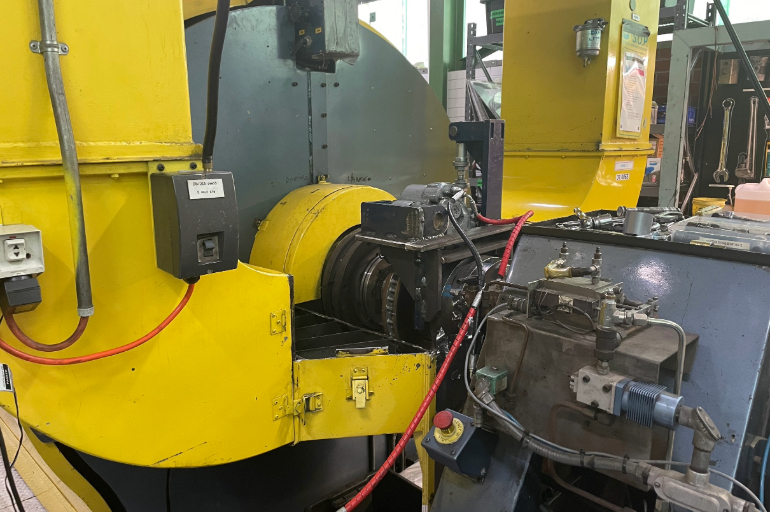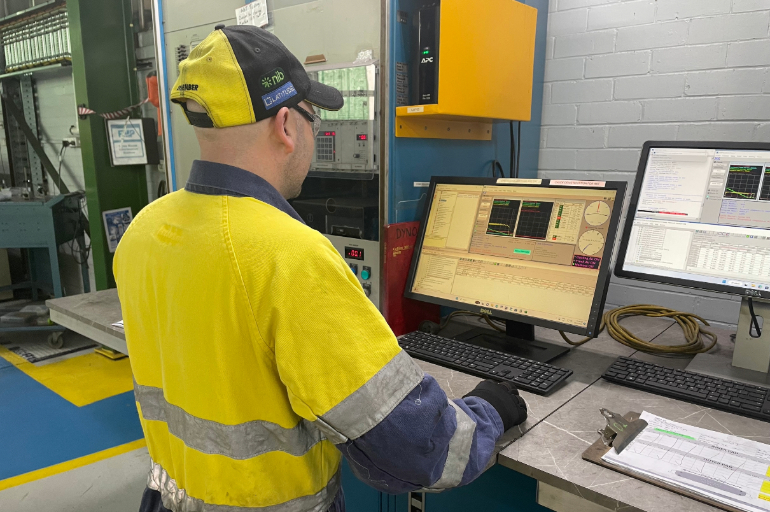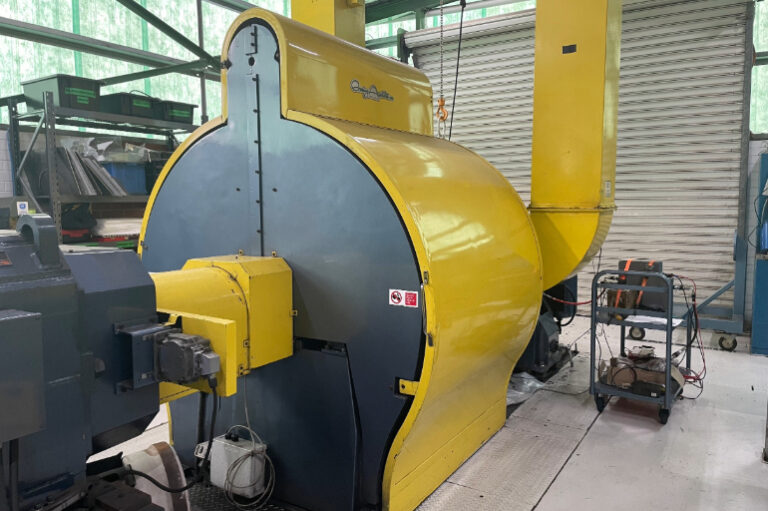The Bendix truck brake dynamometer is the only one in Australia, and one of few if any in the Asia Pacific region, but what does it do?
At about 5,000mm in length and 2,000mm wide, Bendix’s truck brake dynamometer takes up plenty of space at the company’s Ballarat, Victoria, Manufacturing, Research and Design facility.
In return for occupying considerable real estate, the machine delivers benefits for Bendix (and its customers) that competitors can’t, testing heavy vehicle friction materials specifically for Australian conditions and applications.
The machine is used to develop new friction materials and to conduct compliance, performance and brake wear testing of products including Bendix’s commercial vehicle range of pads and shoes.

It’s capable of testing the braking requirements of most large road-going vehicles, from oversized four-wheel-drives to road-train prime movers and everything in between. A major reason for the machine’s large footprint is because heavy weights are used to simulate axle loads weights of up to 20 tonnes.
Other features of the dynamometer include an adjustable air-cooling system to replicate the airflow of real-world operating conditions.
The machine is fully automated and programmable, giving Bendix technicians complete control of testing and compliance parameters from the safety of a nearby desk.

Bendix says wear testing on the dyno normally takes between 10 and 12 continuous days, over which the brakes are applied at temperatures ranging from 100 to 450 degrees, with periodic measurement of the friction and disc/drum wear rate taking place within the cycles. Brake applications at each temperature interval can vary between 500 and 1000 stops, simulating real-world use.
Performance testing evaluates the brake performance over a wide range of operating conditions such as temperature, pressure and brake fade, to international and local test standards. The most typical commercial vehicle test used is the US-based FMVSS121 method, though.
Bendix’s in-depth testing program ensures friction materials meet the company’s stringent standards in delivering high-quality, reliable and long-lasting braking performance for customers’ heavy vehicles.
Pretty neat piece of equipment, right?






